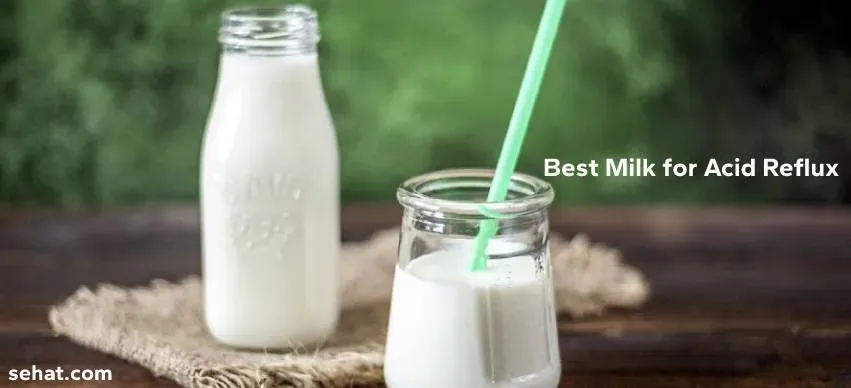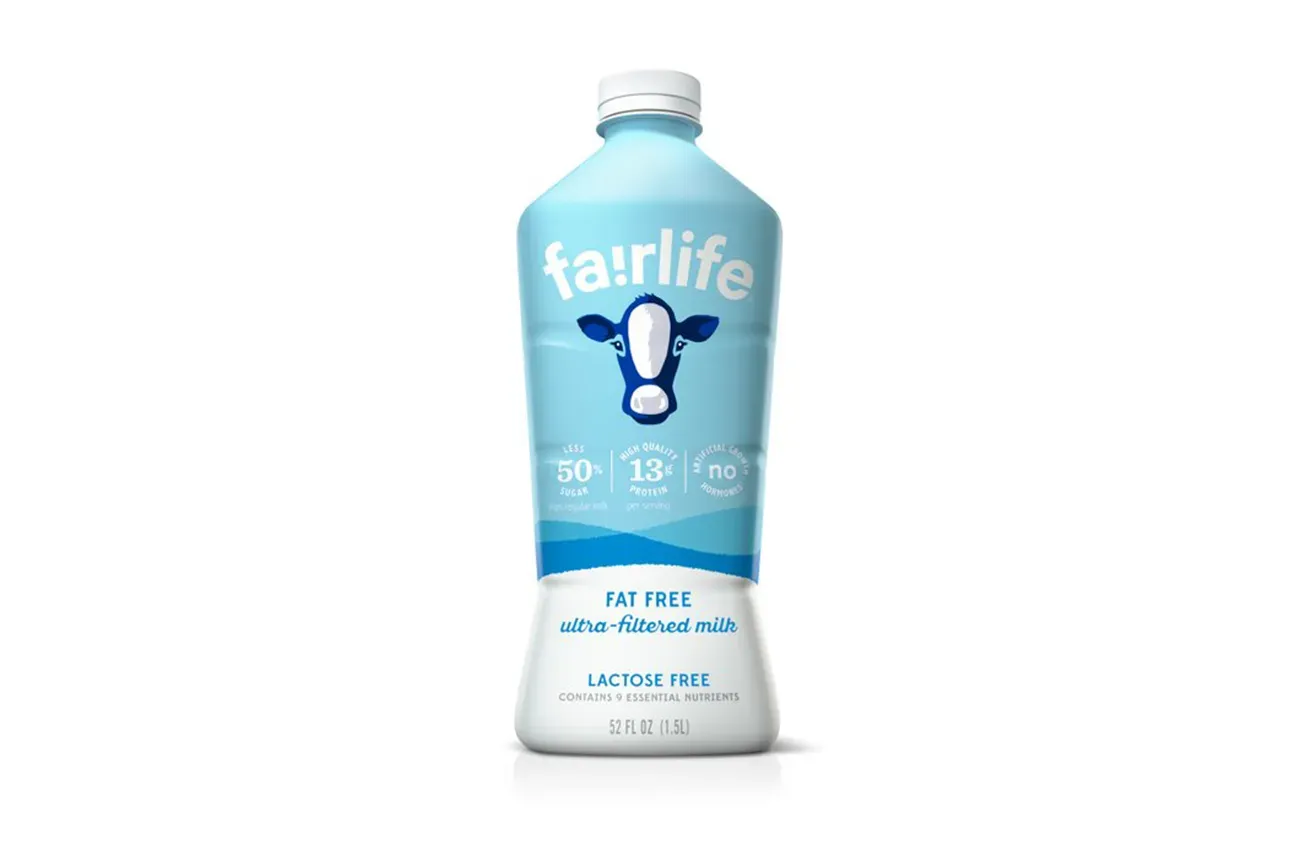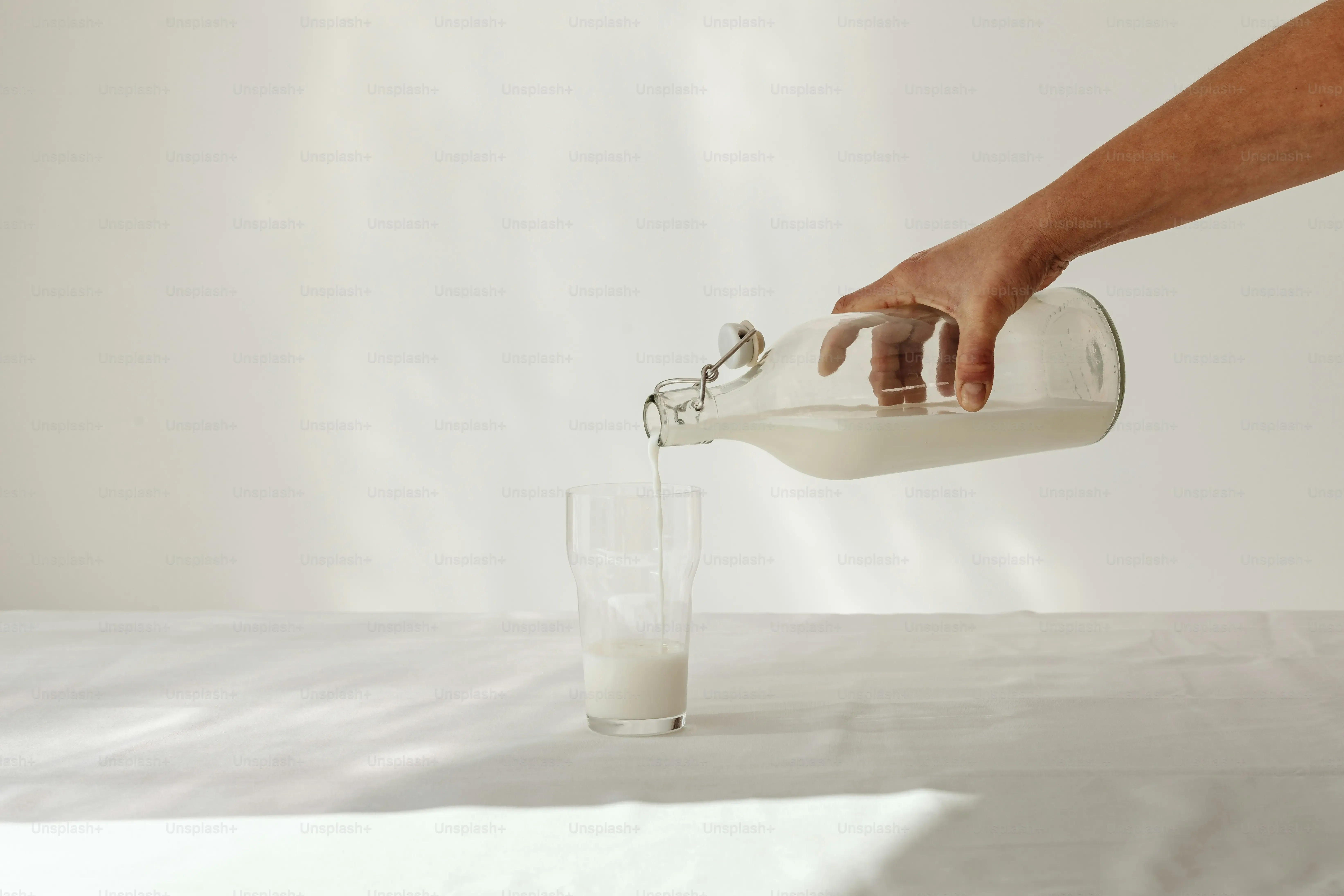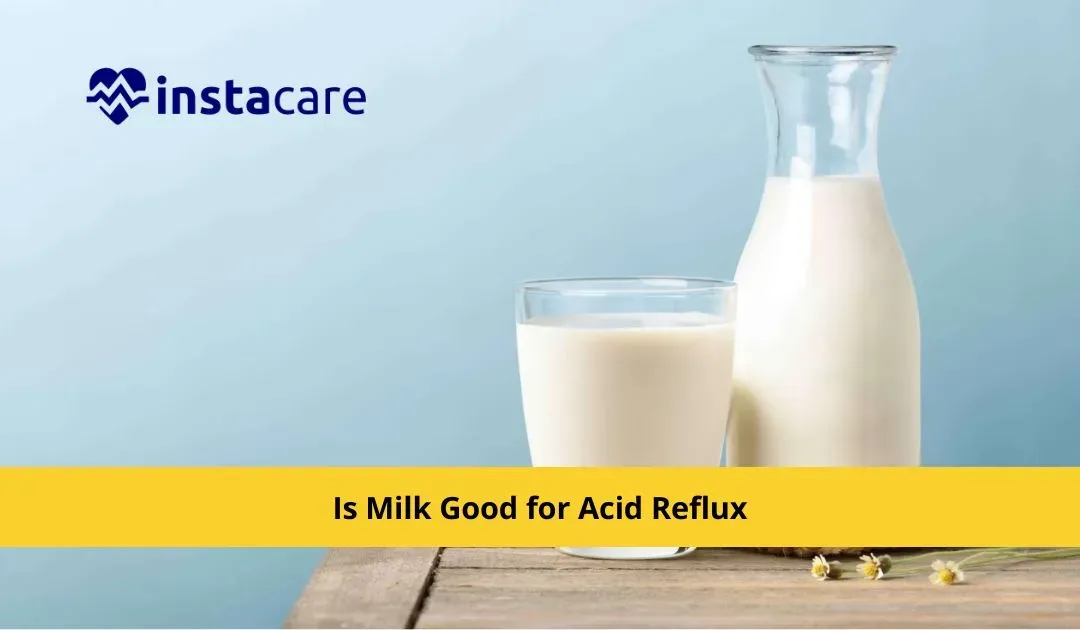Table of Contents
That burning sensation creeping up your chest? Yeah, that's likely acid reflux, often showing up as heartburn. If you're one of the roughly 20% of folks dealing with this regularly – a condition known as GERD – you know how disruptive it can be. While medications exist, many people look first to their diet for relief. Food choices can seriously impact whether you spend your evening clutching your chest or comfortably digesting dinner.
Understanding Acid Reflux and Why Some Foods Trigger It

Understanding Acid Reflux and Why Some Foods Trigger It
So, What Exactly is Acid Reflux?
picture this: your stomach is basically a bag of acid designed to break down food. It's got a pretty tough lining to handle it. The problem starts when that acid decides to take an unauthorized field trip back up into your esophagus, the tube connecting your mouth to your stomach. Your esophagus lining isn't built for that kind of harsh environment. The result? That lovely burning sensation in your chest, sometimes radiating up your throat. That's acid reflux, or heartburn, as most folks call it. It's not a heart issue, despite the name, but it sure can feel like one.
The Gatekeeper That Doesn't Always Keep the Gate
Why does the acid decide to go rogue? There's a little muscle ring at the bottom of your esophagus, right where it meets your stomach, called the lower esophageal sphincter (LES). Think of it as a one-way valve. It's supposed to open to let food down and then clamp shut tight to keep stomach contents where they belong. Sometimes, though, this valve gets lazy or relaxes when it shouldn't. When it’s slack, stomach acid and sometimes even food can splash back up. Certain things can make this LES muscle relax more than it should, and guess what? Many of those things are the foods and drinks we consume.
- High-fat foods (fried stuff, greasy burgers)
- Chocolate (the heartbreak of many reflux sufferers)
- Peppermint (surprising, right?)
- Coffee and caffeine
- Alcohol
- Spicy foods
- Citrus fruits and juices
- Tomatoes and tomato products
Common Culprits on Your Plate
Beyond relaxing that LES muscle, some foods just add fuel to the fire, literally. Highly acidic foods can irritate an already sensitive esophagus. Think citrus fruits, vinegar, and tomato sauce. Then there are the fats. Fatty foods hang around in your stomach longer, meaning more opportunity for acid production and more time for that lazy LES to potentially open. Spicy foods can also irritate the esophagus directly. It's a delightful combination of factors, really, making your dinner plate look like a potential minefield if you're prone to reflux.
Why Fat Matters: Foods That Can Worsen Acid Reflux

Why Fat Matters: Foods That Can Worsen Acid Reflux
Fatty Foods Linger Longer (and Not in a Good Way)
let's talk about fat. It's not inherently evil, your body needs some, but when you're dealing with acid reflux, too much fat is like inviting trouble to stay for an extended visit. Here’s the deal: fatty foods take a lot longer for your stomach to process and push through to your small intestine. Think of your stomach like a traffic jam. When it's full of greasy fries or a heavy steak, things slow down considerably. This delayed emptying means your stomach is churning acid for a longer period, increasing the chances of that acid splashing back up into your esophagus. It’s simple physics and digestion.
Greasy Culprits You Might Want to Avoid
So, what kind of fats are we talking about? It's not just the obvious deep-fried stuff. While yes, crispy fried chicken and greasy burgers are high on the list, it also includes things like fatty cuts of meat, creamy sauces, full-fat dairy products (which is why the question of whether low fat milk good for acid reflux even comes up), and rich desserts. These aren't just passing through; they're setting up camp in your stomach, keeping that LES muscle under pressure and giving acid more opportunity to escape upwards. It's like they're actively working against that little valve trying to do its job.
- French fries and onion rings
- Fatty cuts of beef, pork, or lamb
- Fried chicken
- Butter and oil in large amounts
- Cream sauces and gravies
- Full-fat cheeses and whole milk
- Rich pastries and desserts
Cutting Back Makes a Difference
Reducing your overall fat intake is one of the most impactful dietary changes you can make if you suffer from acid reflux. It’s not about eliminating fat entirely, but being mindful of portion sizes and cooking methods. Baking, grilling, or steaming foods instead of frying them can make a huge difference. Choosing leaner cuts of meat and opting for lower-fat dairy products can lessen the burden on your digestive system. It might sound basic, but sometimes the simplest changes yield the best results when you're trying to keep that acid where it belongs.
Is Low Fat Milk Good for Acid Reflux Relief?

Is Low Fat Milk Good for Acid Reflux Relief?
The Milk Debate: Buffer or Trigger?
So, you've heard milk might help when heartburn strikes. The idea is that milk coats the esophagus and stomach lining, creating a temporary buffer against the harsh acid. And it's true, the liquid nature and maybe even the calcium in milk can offer a moment of relief for some people. It feels soothing going down, right? However, milk contains fat, and as we just discussed, fat can be a problem for acid reflux. This is where the type of milk becomes crucial. Whole milk, packed with fat, is more likely to sit in your stomach longer and potentially worsen symptoms for many sufferers. It's the classic double-edged sword: temporary comfort potentially leading to prolonged misery.
Why Low Fat Might Be Better (But Not Always a Miracle)
This is precisely why the question "is low fat milk good for acid reflux" comes up so often. The theory is to get the potential buffering effect without the high fat content that delays stomach emptying and relaxes the LES. Skim or 1% milk has significantly less fat than whole milk. For some individuals, this lower-fat version might provide that soothing coating without the negative side effects associated with fatty foods. Think of it as a lighter shield. It might work for a quick fix, a short-term calm, but it's rarely a long-term solution or a substitute for avoiding trigger foods altogether. It's a gamble, and results vary wildly from person to person.
- Whole Milk: High fat, often a reflux trigger.
- 2% Milk: Moderate fat, still potentially problematic.
- Low Fat Milk (1% or Skim): Lower fat, might offer temporary relief for some.
- Lactose-Free Milk: Fat content varies, depends on the base milk.
- Non-Dairy Alternatives (Almond, Oat, Soy): Varies in fat and acidity, check labels.
Beyond Low Fat Milk: Other Foods to Help Soothe Acid Reflux

Beyond Low Fat Milk: Other Foods to Help Soothe Acid Reflux
Finding Your Food Allies Against the Burn
so we've picked apart the milk situation. While low fat milk good for acid reflux might offer a fleeting moment of calm for some, relying solely on dairy to fight the burn is like bringing a water pistol to a wildfire. You need more reliable troops in your digestive army. The good news is, plenty of other foods are generally well-tolerated and can even help neutralize or manage stomach acid. Think of them as the diplomatic corps, working to keep things peaceful in your gut instead of starting a riot.
When to Seek Medical Help for Persistent Acid Reflux

When to Seek Medical Help for Persistent Acid Reflux
Don't Just Live With the Burn
Look, trying dietary changes like seeing if low fat milk good for acid reflux or avoiding triggers is smart, it's often the first step. But if you've been playing food detective for a while and that heartburn is still your unwelcome daily or weekly guest, it's time to stop messing around and see a doctor. Don't just tough it out or rely on antacids like they're candy. Frequent acid reflux, say two or more times a week, could mean you have GERD, and that needs proper diagnosis and management. Ignoring it isn't brave; it's potentially letting a problem get worse. Chronic acid exposure can damage your esophagus over time, leading to more serious issues.
Are you experiencing any of these? If so, pick up the phone:
- Heartburn happening two or more times a week consistently.
- Trouble swallowing or a feeling like food is stuck.
- Unexplained weight loss.
- Hoarseness or a sore throat that won't go away.
- Chest pain (though rule out heart issues first, obviously).
- Regurgitating food or sour liquid frequently.
Finding Your Strategy Against Acid Reflux
Dealing with acid reflux isn't a one-size-fits-all situation, but diet is undeniably a major player. High-fat foods are often the culprits, stirring up that unwelcome burn. While the idea that low fat milk good for acid reflux holds some truth for some people, acting as a temporary buffer, it's not a universal fix. Building your diet around high-fiber, alkaline, and watery foods generally offers a more consistent defense. Pay attention to your own body's reactions – what helps one person might trigger symptoms in another. If heartburn is a regular, unwelcome guest, don't just rely on dietary tweaks or home remedies. Getting a proper diagnosis and treatment plan from a healthcare professional is the most reliable path to managing this condition effectively.
